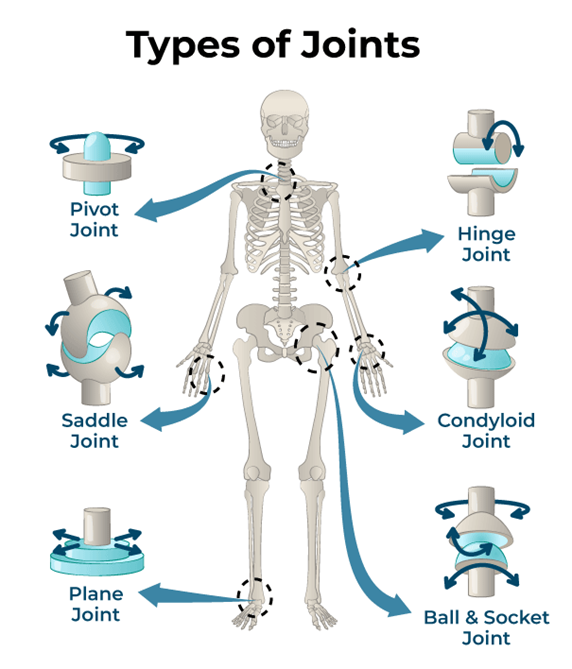A client with a family history of cardiac disease is seeking information to control risk factors. Which lifestyle modification is most important for the nurse to encourage?
Regular exercise.
Smoking cessation.
Low fat diet.
Stress reduction.
The Correct Answer is B
A. Regular exercise:
Regular exercise is important for overall cardiovascular health and can help reduce the risk of developing heart disease. However, smoking cessation is more crucial because smoking is a significant risk factor for heart disease and quitting smoking has immediate and long-term benefits for heart health.
B. Smoking cessation:
Smoking is a major risk factor for heart disease as it damages the blood vessels, increases blood pressure, reduces oxygen supply to the heart, and promotes the formation of blood clots. Encouraging smoking cessation is essential for reducing the risk of heart disease and improving overall health.
C. Low-fat diet:
Adopting a low-fat diet can help lower cholesterol levels and reduce the risk of heart disease, but it may not be as critical as smoking cessation for individuals with a family history of cardiac disease.
D. Stress reduction:
While stress reduction techniques such as relaxation exercises, meditation, and mindfulness can be beneficial for heart health, addressing smoking cessation is more urgent for individuals with a family history of cardiac disease, as smoking is a more significant risk factor for heart disease.
Nursing Test Bank
Naxlex Comprehensive Predictor Exams
Related Questions
Correct Answer is C
Explanation
A. Turn the head to the right and left:
Turning the head involves rotation of the cervical spine, which primarily consists of pivot joints rather than hinge joints. This action is more relevant to the movement of pivot joints.
B. Extend the arm at the side and rotate in circles:
Extending the arm and rotating it in circles primarily involves the movement of ball-and-socket joints, such as the shoulder joint, rather than hinge joints.
C. Bend the arm by flexing the ulna to the humerus:
This action involves bending the arm at the elbow joint by flexing the ulna (forearm bone) towards the humerus (upper arm bone). The elbow joint is a hinge joint, allowing primarily flexion and extension movements.
D. Tilt the pelvis forwards and backwards:
Tilting the pelvis forwards and backwards primarily involves the movement of ball-and-socket joints in the hip area, rather than hinge joints.

Correct Answer is B
Explanation
A. "I am sorry to disturb you at a difficult time. This can wait until later."
This response acknowledges the client's distress but does not actively engage with the client's emotions or offer support. It also suggests postponing the assessment, which may not be necessary if the client is willing to discuss their feelings.
B. “While touching the client's forearm, asks, 'Would you like to talk about it?'"
This response demonstrates empathy and offers the client an opportunity to express their feelings if they wish to do so. By gently touching the client's forearm and asking if they would like to talk, the nurse conveys support and openness to the client's emotional needs.
C. "This is a bad time. I can see you are upset. I can come back later."
While this response acknowledges the client's emotions and offers to return later, it may not be the most helpful approach. It assumes that the client does not want to engage in conversation at that moment without giving them the opportunity to express their preferences.
D. “Gives the client a hug and says, 'It is okay to cry when you are sad.'"
While offering physical comfort like a hug can be appropriate in some situations, it's important to respect the client's personal boundaries and preferences, especially if they are in distress. Additionally, some clients may not feel comfortable with physical touch from healthcare providers. This response also assumes the client's emotions without directly addressing their needs or offering them an opportunity to express themselves verbally.
Whether you are a student looking to ace your exams or a practicing nurse seeking to enhance your expertise , our nursing education contents will empower you with the confidence and competence to make a difference in the lives of patients and become a respected leader in the healthcare field.
Visit Naxlex, invest in your future and unlock endless possibilities with our unparalleled nursing education contents today
Report Wrong Answer on the Current Question
Do you disagree with the answer? If yes, what is your expected answer? Explain.
Kindly be descriptive with the issue you are facing.
